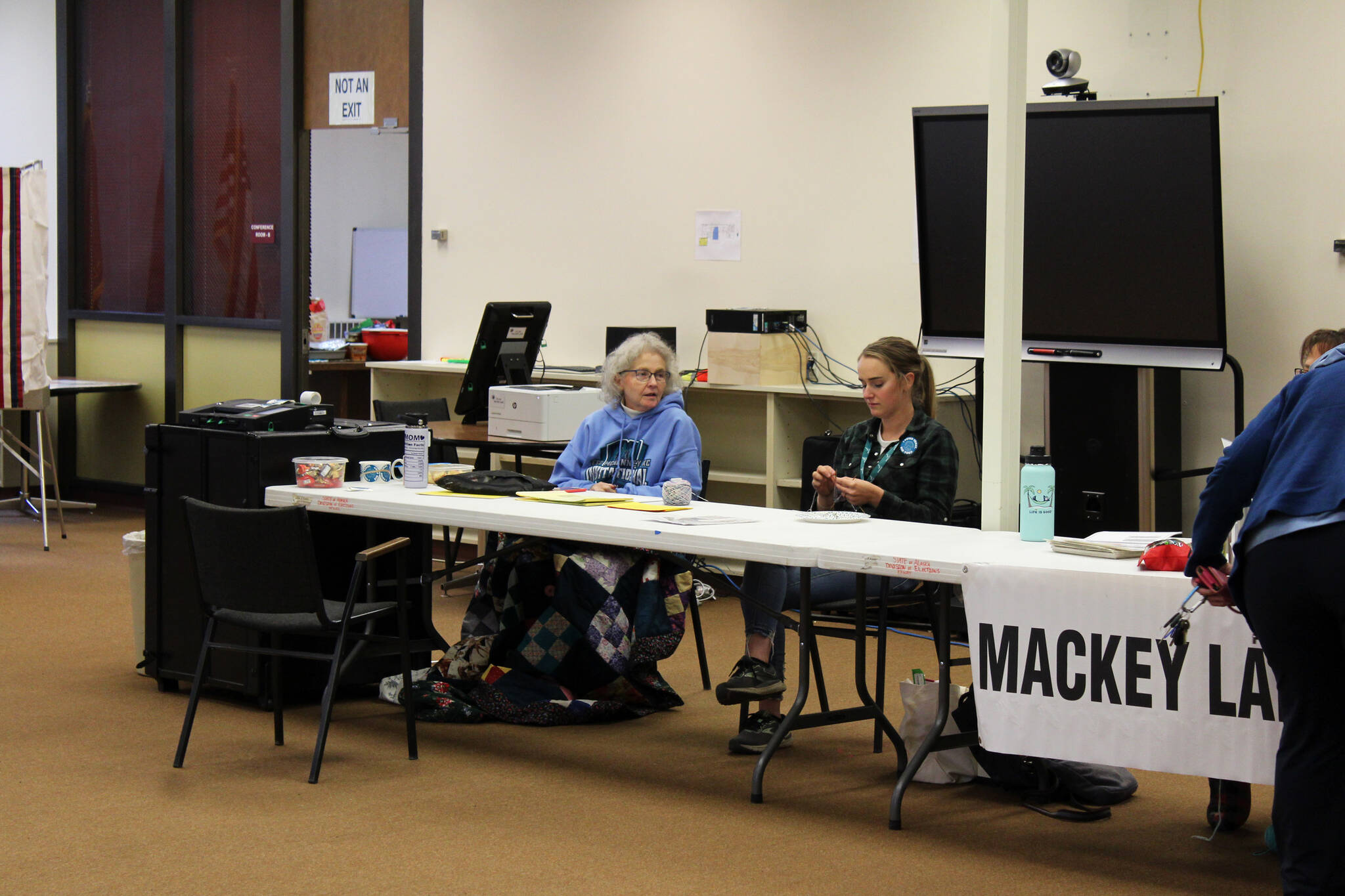The Alaska Division of Elections is urging voters to verify their mailing address and request updates, if needed, now, in order to ensure they can vote in upcoming special election. That election is being held to determine who will fill the former U.S. Rep. Don Young’s seat in Congress, which became vacant after Young died on March 18.
Whoever is elected to fill Alaska’s U.S. House seat will serve the remainder of Young’s term, which expires in January of 2023.
As required by Alaska Statute, Gov. Mike Dunleavy last week issued a proclamation declaring the seat vacant and setting the dates for the special election. Candidates interested in filling the vacancy have to file by April 1, with the special primary election day scheduled for June 11. The special general election will be held concurrently with Alaska’s regular state primary election on Aug. 16.
The special primary election will be a by-mail election, which the Alaska Division of Elections says underscores the need for voters to verify that their mailing address is correct. The division said in a March 25 update that it will begin mailing ballots on April 27.
People must be registered to vote by May 12 to vote in the special primary election.
Voters can check their voter registration information at myvoterinformation.alaska.gov or by calling a regional office. Voters can change their address online at voterregistration.alaska.gov. The Anchorage regional office can be reached at 907-522-8683.
The upcoming special elections will mark the first time voters will cast ballots under the new open primary and ranked choice voting systems narrowly approved by Alaska voters in 2020.
Under those changes, all voters will vote the same primary ballot regardless of political party. The top four vote-getters from the primary will then move on to the general election, regardless of party affiliation. If there are fewer than four candidates running in the primary, all will move to the general election.
Ranked choice voting, which will be used for the general election, allows voters to choose more than one candidate in ranked order. Voters can rank up to four candidates.
The ranked choice ballot shows a grid of bubbles, with one row for each candidate and one column for preference order. Voters fill in the bubble in the “1st Choice” column that corresponds to their first choice candidate. Voters then move to the second column and fill in the bubble that corresponds to their second choice candidate, and so on.
If a candidate receives more than 50% of the first-choice votes, that candidate would be declared the winner of the election.
If no candidate receives more than 50% of the first-choice votes, the candidate who received the least number of first-choice votes is eliminated. Then, the voters who ranked the eliminated candidate as their first choice would have their second-choice candidate votes tabulated. The process will continue until one candidate emerges with more than 50% of the votes.
Sample ranked choice ballots are available on the Alaska Division of Elections website.
Reach reporter Ashlyn O’Hara at ashlyn.ohara@peninsulaclarion.com.

